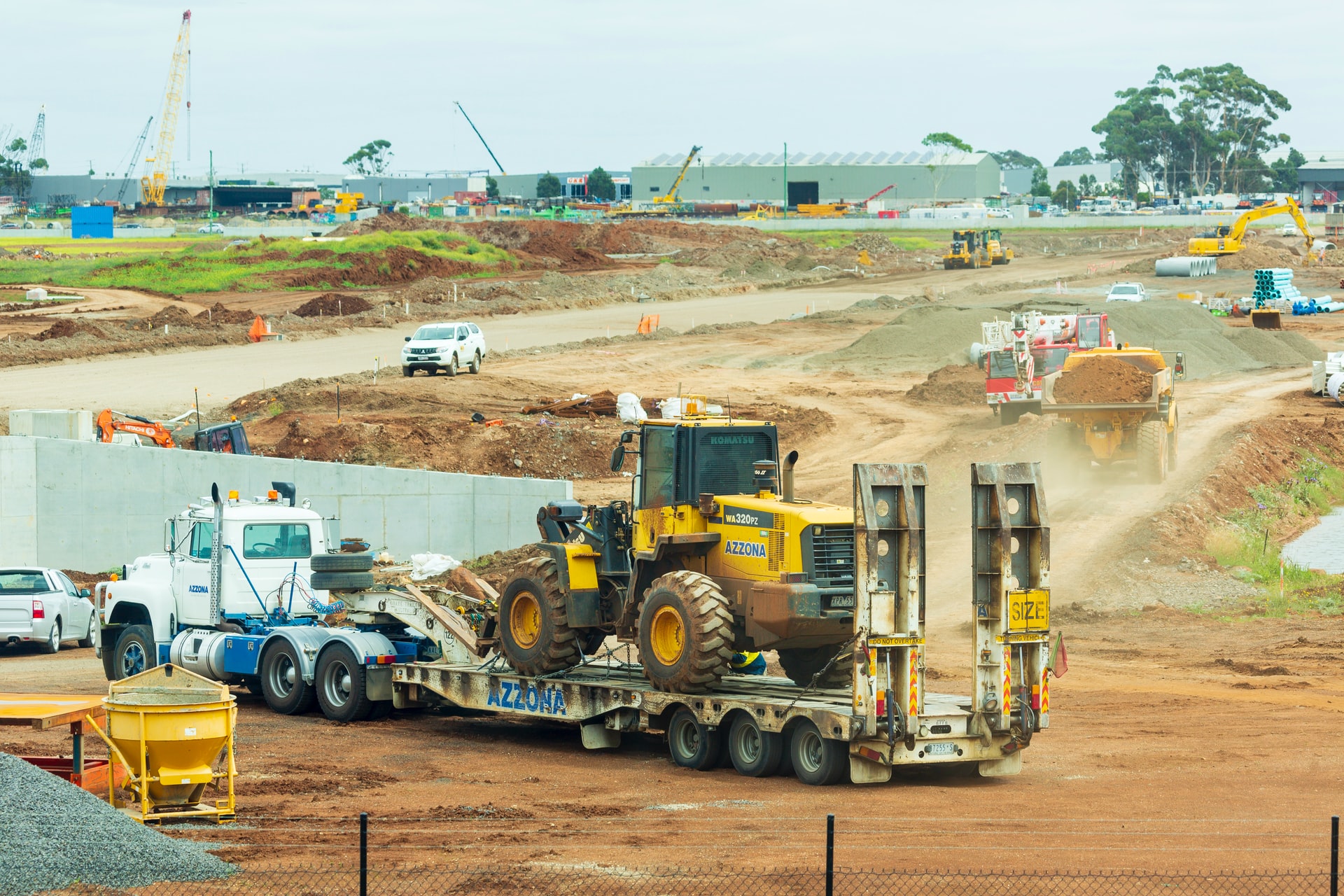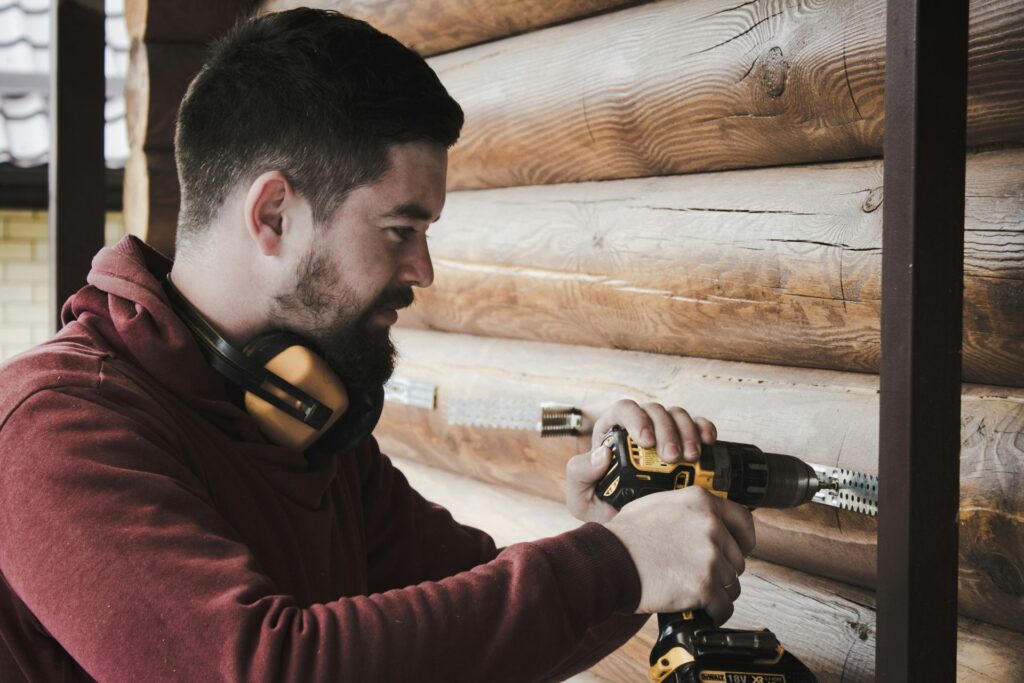
We are reader-supported. When you buy through links on our site, we may earn an affiliate commission.
Correct heavy equipment maintenance in construction is crucial. If companies fall short with recommended maintenance procedures, they’ll likely see a reduced return on investment due to an item’s shorter lifespan. Failing to follow the proper upkeep procedures could also pose safety risks, particularly if the condition deteriorates so severely that it breaks while someone uses it.
Here are six essential tips to help you keep construction equipment in excellent shape.
1. Consider Using a Fluid Analysis Service
Doctors often order blood tests for their patients during checkups to spot outwardly invisible abnormalities. This approach helps physicians address issues before a person becomes severely ill due to hidden problems. You can do something similar with construction equipment by ordering fluid analysis tests. Besides identifying problems, these checks aid people in making decisions about when to perform maintenance.
Specialty companies can examine the makeup of fuel, coolants, and oil. The results of those examinations could provide clarity about which actions to take. For example, contaminants in the fuel indicate possible blocked filters and help diagnose poor ignition quality issues. Similarly, oil tests could signal impending failures and help you get to the root of contamination problems.
2. Emphasize and Uphold a Team Approach
Some people at a site may believe that maintaining heavy construction equipment is not part of their job, especially if a dedicated individual oversees the upkeep. However, if workers have the mindset that heavy equipment maintenance is everyone’s responsibility, businesses should become aware of problems sooner and before costly breakdowns happen. Workers at all levels must show initiative and not assume someone else will handle the issue.
Companies should explain the process for someone to go through if they notice something amiss about a piece of equipment. People will likely report the problem to their immediate supervisors first but may need to formally document it. Carrying out this kind of collaboration at work means individuals may need to make others aware of issues even if they relate to machines they don’t use often. They should view that action as an obligation rather than an option.
3. Store the Machinery Properly
Equipment manufacturers design their products for outdoor use, but that doesn’t mean you can keep them outside continually without taking precautions. You may not think about storing your construction equipment correctly, but proper storage steps will add to its lifespan.
Start by keeping everything out of direct sunlight as much as possible during periods of idleness. That may mean you park a backhoe under a tree during short breaks in usage or put a tarp over it during longer stretches — especially when the worksite lacks sufficient natural shade. Protect the equipment from excessive moisture, too, especially since it can cause corrosion. An indoor area like a garage is the best option for long-term storage.
4. Follow Manufacturer Specifications
The included user’s manual for a particular product is an excellent starting point for maintaining heavy construction equipment. It should have usage specifications defining how to operate the machine safely and in line with its performance capabilities. For example, depending on the role it serves, the guide may have details about the maximum weights for lifting and carrying or the steepest grades the machinery can handle. Your manufacturer’s guide may also come with a recommended maintenance schedule. Follow it closely to keep your machine in tip-top shape.
Keep in mind that using equipment in ways not intended by the maker can cause problems, even if it doesn’t seem so at the time. A company might try to save money by repairing a machine with a part that costs less but is not the exact type the manufacturer says to use. Alternatively, someone may put an attachment on a device not made to accommodate it. These choices can all shorten the lifespan of equipment, increase costs, and possibly pose dangers.
5. Check the Machinery for Signs of Excessive Wear
All authorized machine operators should know what steps to go through to check a piece of equipment for unusual wear patterns. Even when people take care to use equipment correctly, natural aging causes wear and tear over time. Belts can become warped, and tire treads get worn down. Seals can become so dry that they crack. Environmental factors can also damage wires and internal components that usually stay covered.
Referring to a checklist of things to examine is a solid practice to implement at any construction company. Instruct people to use it before they start using a machine. Additionally, teach them to monitor for issues that could contribute to extra wear over time, such as vibration.
6. Stay Aware of Seasonal Needs
Just as precautions occur when workers must endure extremely hot or cold temperatures, you have certain seasonal steps to take when maintaining heavy construction equipment. Knowing what they are can help you avoid breakdowns or other complications that hinder productivity.
The lower temperatures of winter reduce the tire pressure in industrial equipment. Some companies prioritize using track-mounted equipment during the winter instead of machines with tires for this reason. However, if that is not an option, get in the habit of always checking tire pressure before using the equipment. Always keep the gas tank full, too. Doing that prevents condensation from entering the container and corresponding fuel lines.
During the summer, it’s especially useful to check coolant levels regularly. Instruct operators to watch for signs of the engine overheating. Installing a thermostat could alert them to problems that otherwise go unnoticed before it’s too late.
Heavy Equipment Maintenance Is a Smart Investment
Most people involved in purchasing construction equipment take great care in researching prices, features, warranties and use cases before selecting their items. They want to make the most appropriate choices to increase their satisfaction.
The desire to maximize the investment should not stop after the purchase happens. If you commit to proper heavy equipment maintenance, you’ll discover that the decisions made after buying a product are just as important — or even more so — as those made during the pre-purchase stage.










